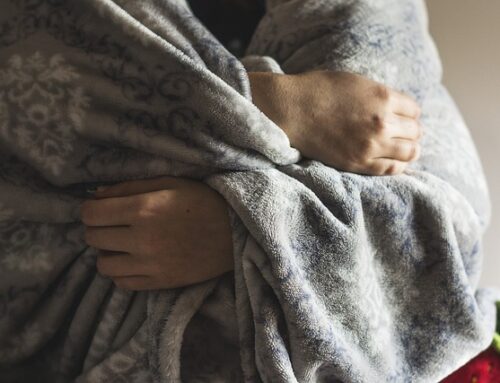We’ve talked about this before, but it deserves to be repeated as the pandemic continues. While we are seeing improvements, there are still concerns regarding clenching caused by the added stress of the COVID-19 pandemic. While bruxism and other associated woes have increased throughout the pandemic, it is important to understand how it relates to a person’s airway.
What we are seeing
During these very stressful and trying times, there has been a rise in temporomandibular joint disorders and orofacial pain. The ADA Health Policy Institute conducted a poll that found that most participating dentists have seen a rise in stress-related oral health conditions in their patients since the onset of the COVID-19 pandemic.
The poll found that more than half of the dentists had experienced an increase in the prevalence of bruxism. For chipped and cracked teeth as well as TMD symptoms, 53.4% reported seeing these conditions among their patients at an increased rate during the pandemic.
While these conditions are not new, they have been exacerbated by the pandemic. However, when patients present with these complaints, dentists often try to treat them with a bruxism appliance. But before jumping to that treatment, it is important to pay attention to the patient’s airway.
A look at sleep bruxism
We know that bruxism is the mechanism that the body uses to advance the mandible forward to open the airway so a person can breathe. That is why it is important to pay attention to sleep as well because it is more than just an occlusal issue. It is also an airway issue.
If you make an oral appliance for bruxism, and the patient has obstructive sleep apnea, it will close their airway even more. Using the bruxism appliance may cause the patient’s mandible to move backwards, which can make their sleep apnea worse by causing them to choke and even increasing their sleep bruxism.
It is important to routinely test your patients for both bruxism and sleep apnea before making an oral appliance. Contact us to learn more!





